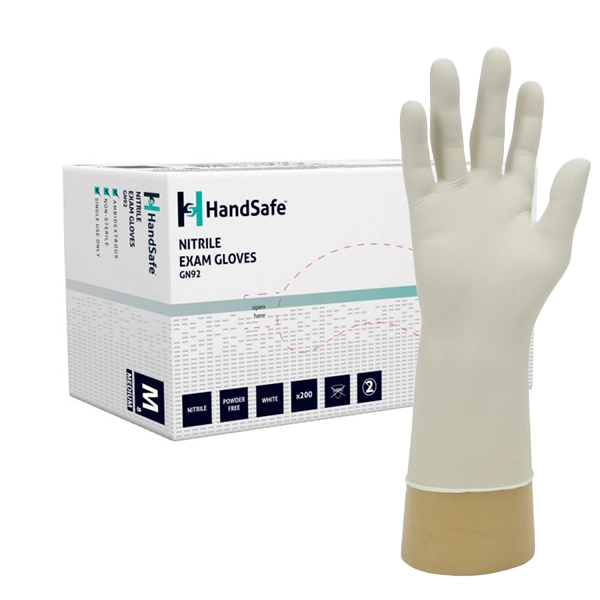Microcrystalline Cellulose 102 USP, BP, Ph.Eur, JP, E460

£6.95 to £136.99
| Variation ID | Pack Size | List Price | Qty | ||
|---|---|---|---|---|---|
| photo_camera | 100g
GPC1029-X |
£6.95 | |||
| photo_camera | 250g
GPC1029-2X |
£10.45 | |||
| photo_camera | 500g
GPC1029-5X |
£14.95 | |||
| photo_camera | 1Kg
GPC1029-Y |
£19.95 | |||
| photo_camera | 2.5Kg
GPC1029-2.5Y |
£27.95 | |||
| photo_camera | 5Kg
GPC1029-5Y |
£49.95 | |||
| photo_camera | 25Kg
GPC1029-25Y |
£136.99 |
What is Microcrystalline Cellulose? It is a purified, partially depolymerised cellulose powder derived from plant fibres. It is widely used in pharmaceutical, food, and cosmetic applications for its compressibility, binding, and bulking properties.
Shipped from Manchester, UK Facility: Sourced and packaged using non-toxic, chemical-resistant containers, ensuring reliable quality for our customers. This high-grade excipient meets USP, BP, Ph Eur, JP, and E460 food additive specifications.
Frequent Uses
Pharmaceutical Formulations
Used as a binder, filler, and disintegrant in tablets and capsules due to its excellent compressibility and flow characteristics.
Food and Beverage Products
Serves as a fat replacer, stabiliser, and texturiser in low-fat and processed foods (E460).
Cosmetic and Personal Care
Acts as a bulking agent and consistency enhancer in creams, powders, and personal care formulations.
Laboratory and Industrial Applications
Used in formulation development and quality control processes where excipient-grade cellulose is required.
- Pharmaceuticals
- Food Industry
- Cosmetics and Personal Care Products
Description: White or almost white, fine or granular powder
Solubility: Practically insoluble in water, acetone, ethanol, toluene, dil. Acetic acid and 50g/L soln sodium Hydroxide.
Identification: IR scan complies with spectrum of reference substance. Substance takes violet blue colour. A white, opaque, bubble-free dispersion is obtained that does not produce a supernatant liquid.
Degree of polymerisation: < 350
Identification A (IP): A red colour is produced
Identification B (IP): A blue-purple colour is produced
Solubility in ammoniacal solution of Copper tetramine: Soluble
pH: 5—7.5
Conductivity: < 75 µs/cm
Ether soluble substances: < 0.05%
Water soluble substances: < 0.2%
Arsenic: < 0.1ppm, mg/kg
Heavy metals: < 10 ppm, mg/kg
Assay: 97—102%
Starch (and Dextrin's): Not detectable
Organic impurities: No red colour is produced
Loss on drying: < 6%
Residue on ignition: < 0.05%
Particle size (retention on 200 mesh): > 45%
Particle size (retention on 60 mesh): < 8%
Bulk density: 0.26—0.33 gm/ml
Total aerobic microbial count: < 1000 cfu/g
Total yeasts and moulds: < 100 cfu/g
Escherichia Coli: Absent in 1g
Pseudomonas aeruginosa: Absent in 1g
Staphylococcus aureus: Absent in 1g
Salmonella: Absent in 10g
Enterobacteriaceae: Absent in 1g
Carboxyl group: < 1%
Lead: < 0.1 ppm, mg/kg
Mercury: < 0.1 ppm, mg/kg
Cadmium: < 0.1 ppm, mg/kg
Hazard Phrases: H0001









